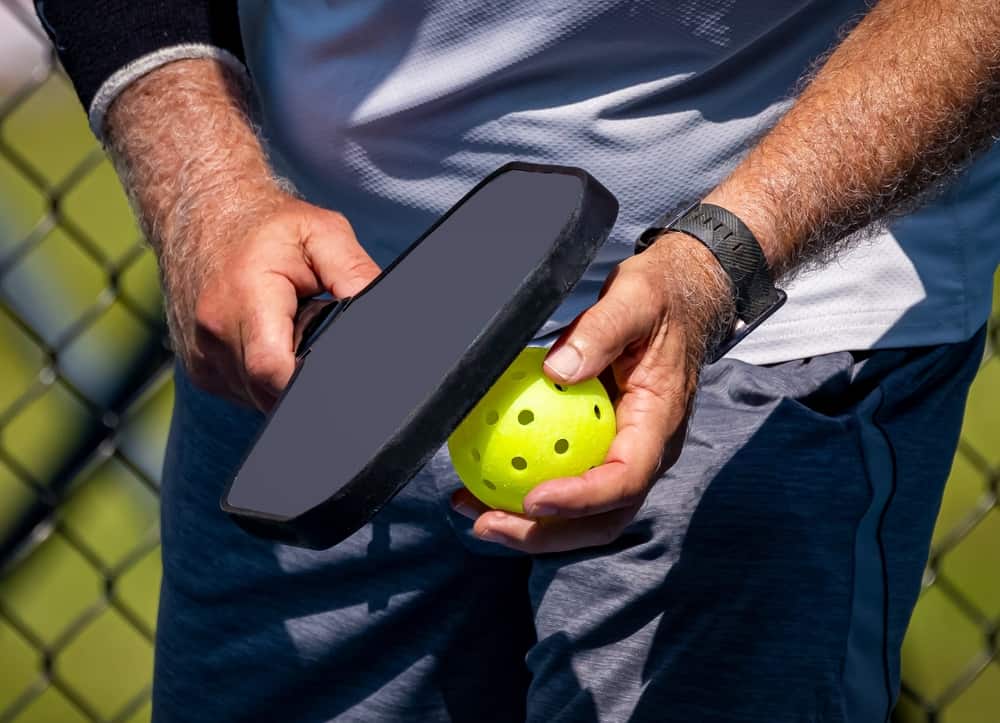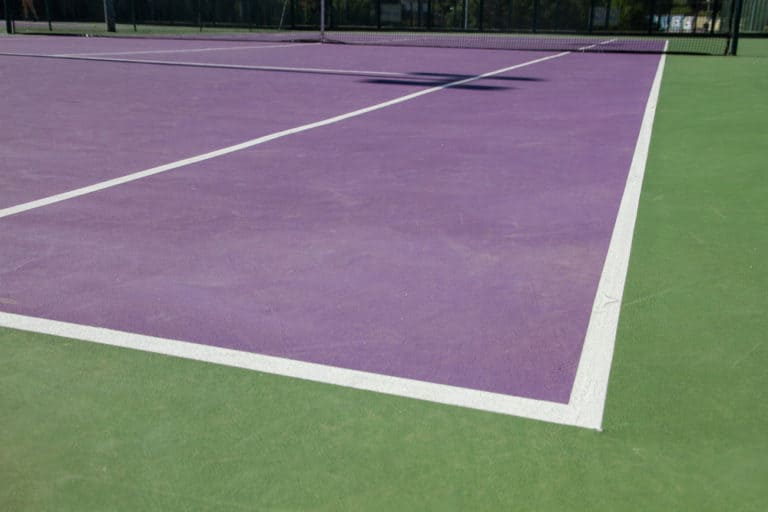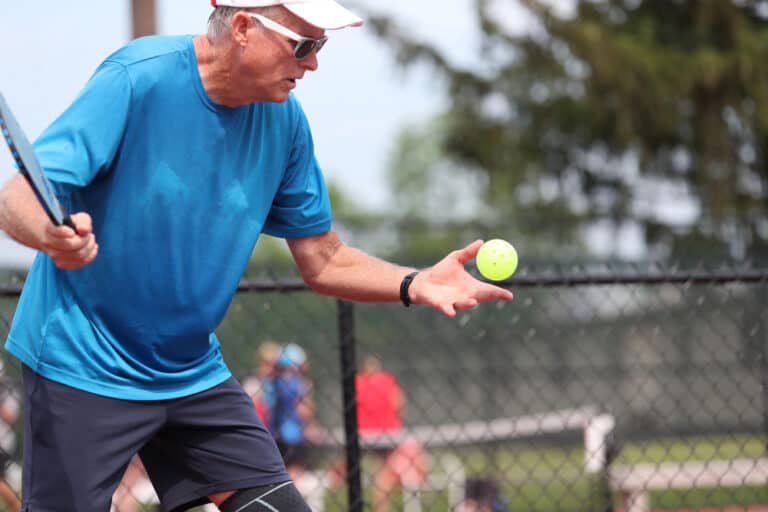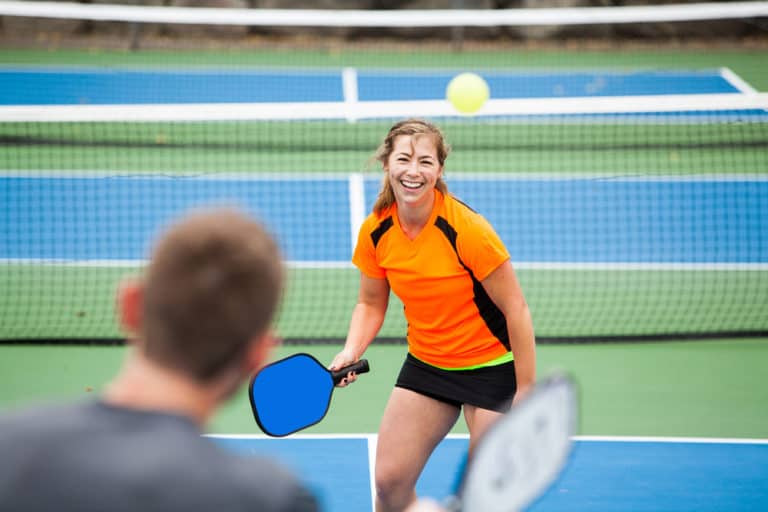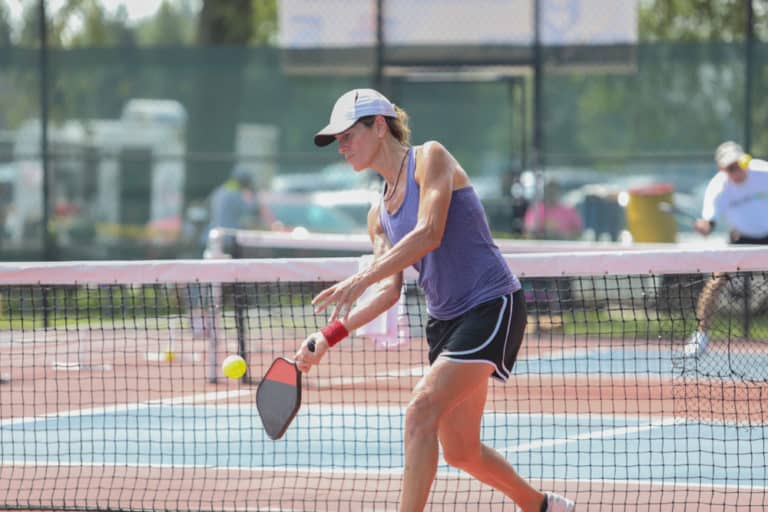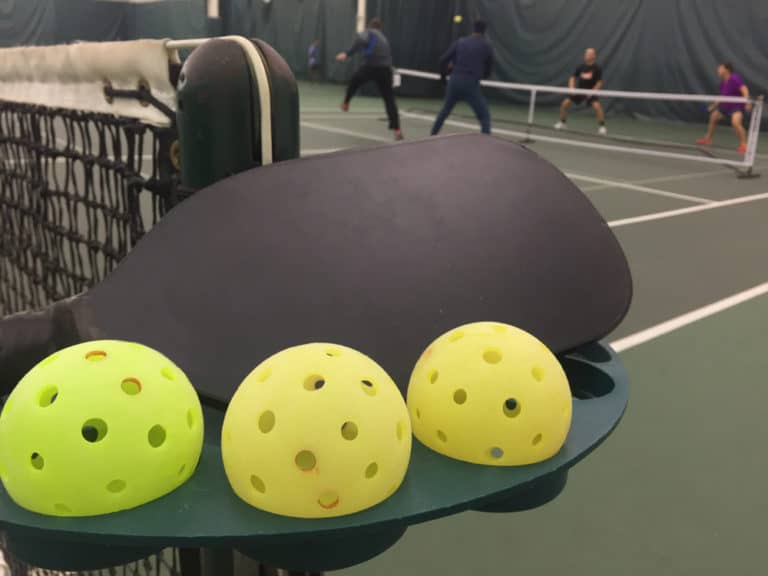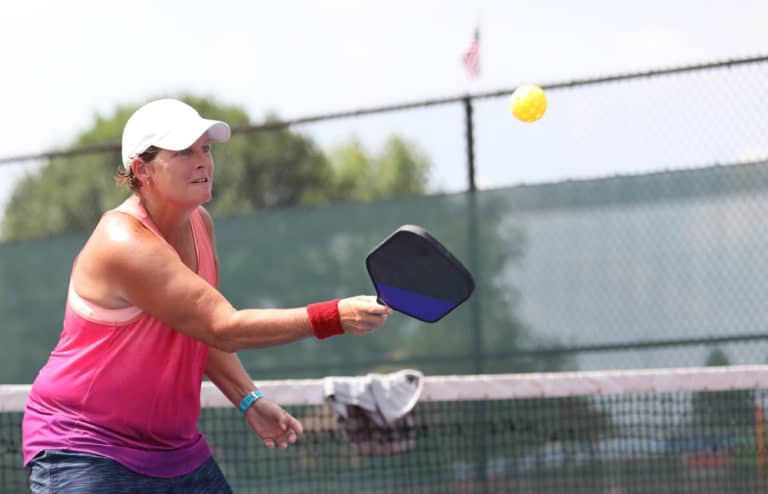Is It Better To Serve First In Pickleball?
In the game of pickleball, there is always some debate as to whether it is better to serve the ball first or face the first serve. People frequently suggest that the team defending has first access to the net and can cut off the ball before their opponents can play proper shots. For a competitive advantage and hard-hitting tips, consider the advice of pickleball coaches and the stipulated rules of the game.
It is usually advantageous to serve first in a game of pickleball. To score points in pickleball, you must be on the team serving; thus, the team that serves first can take an early lead. Serving also allows your team to dictate play and limit the opponents’ options to return the ball.
The team that serves first has the first opportunity to score, but when they commit their first error, they hand their opponents the right to serve. Given that losing service is such a big issue, it is crucial to stay within the service rules for as long as possible and to capitalize on strategies and skills that will increase the likelihood of winning.
Is There Any Advantage To Serving First In Pickleball?
While there are differing opinions on how advantageous it is to serve first in pickleball, the format of the sport does lend itself to specific observed outcomes. Many suggest that being on the receiving end would be better, as you will likely get the earliest access to the net area.
Although many similarities exist between pickleball and tennis, one noticeable difference is how you score points. You can only score points in pickleball if you are on the serving team. Thus, regardless of how beneficial it is to be on the receiving end, you will always have to capitalize on your serve to score points, and serving first gives you the first opportunity to get on the board.
When serving, you influence the start of a rally and can target specific weaknesses you have exposed in your opponents. If your opponent appears to have a weaker side, you can serve to that area of the court to obtain an awkward bounce, increasing the odds that they are either unable to return your serve successfully or force them to commit an error.
Suggesting that the team serving first when you are playing a doubles game is at a potential disadvantage is a case worth making. In a doubles game, the pair serving first can rack up points until they make one error and lose their service. Your opponents will then get the opportunity to serve until both players have lost their serve, and only then will the ball return to the team serving first.
Rules For Serving In Pickleball
It is crucial to ensure that your services in pickleball are potent and legal. Unlike tennis, if you make an error while serving (except in cases where the ball hits the net), you lose the right to serve, and your opponent immediately gains the ability to start scoring points. Thus, properly introducing the ball onto the court is arguably the most valuable skill in the game.
The player serving the ball must be standing behind the court’s baseline and to the side of the center line corresponding to their position as determined by the current score. Knowing who the current server is, who should return the ball, and their correct position given the current score line is also essential, as both an incorrect server and an incorrect receiver are considered faults.
The first server in a singles or doubles game starts on the right and will serve from this position if their current score is even and from the left if their score is odd. The alternate server in a doubles game will serve from the left if their team currently has an even score. After every point scored, the server moves to the block next to theirs on their side of the court.
The ball must be directed across the court into the block diagonally opposite the server’s block. Contact with the ball can occur by hitting it underhand with your paddle either after it has hopped or directly from the drop (volley).
For the volley serve, you must hit the ball below waist level, with the paddle held at an upwards slope (causing the ball to launch in an upwards trajectory), and with the paddle’s face below the wrist. No additional force upon the ball is allowed for a bounce serve, but the waist level hitting position and handle slope stipulations fall away.
The first contact the ball makes with the playing surface after service may not be in the non-volley zone, the block directly across from the server, or outside the playing area. Else, you lose the serve. For their part, the receiver must also allow the ball to bounce once before they are allowed to play it. If the ball returns after your service, you must also let it touch the ground in your area once before hitting it.
The time limit for a legal serve in pickleball is ten seconds, excluding the time it takes to get all the players into their appropriate positions and events beyond the players’ control.
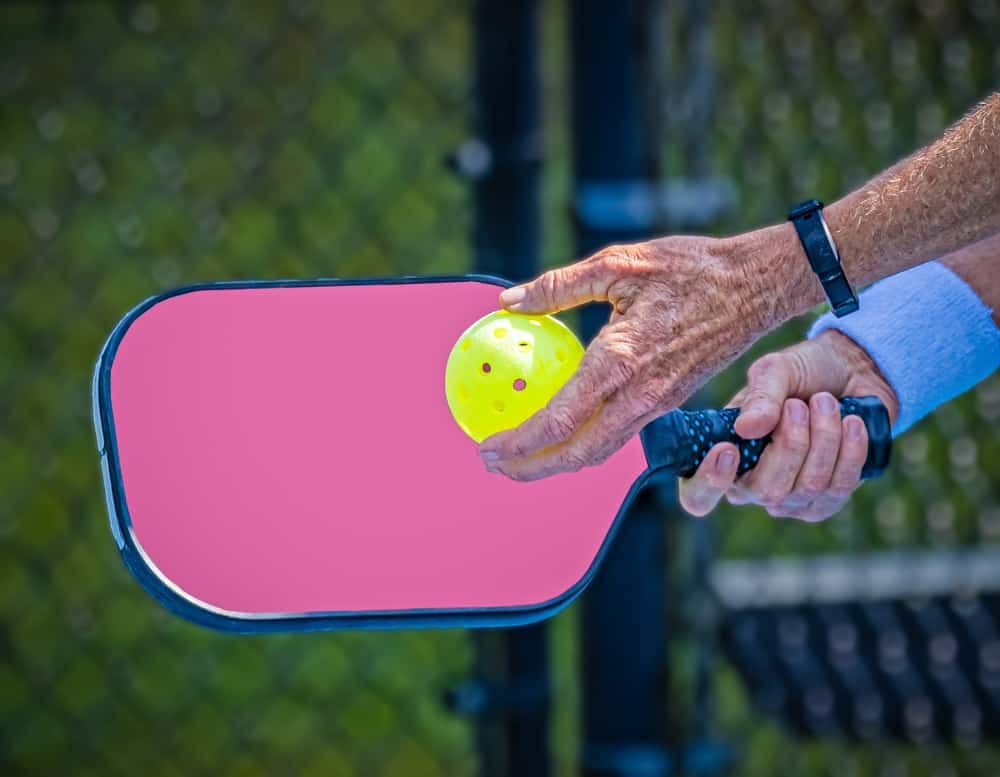
How To Achieve A Favorable First Serve In Pickleball
Play aggressively and pointedly while you serve because this is the only time you can score points. While you are serving, you will want to incorporate tricks and skill shots so that your play does not become too predictable, and you can limit the time your opponent has available to prepare for your attacks.
Maximize your scoring potential by adhering to the following habits:
- Sometimes, scoring points is worth taking a risk, which means you will occasionally miss a forceful serve, but the ones that stay in are harder to reach.
- Keep a small margin of error for most of your serves, as a ball that goes out of bounds will lose you the point every time.
- While serving, you want to put as much power as possible into your service. You can add your body weight to your serve by swinging in with your hips and shoulders in conjunction with the power of your elbow and wrist.
- Target your opponent’s weaker hand (or foot) and launch the ball deep into their service box.
- Aim for the heel of your opponent’s weaker side, as this will likely cause them the most problems with hitting the ball.
- Stay a manageable distance away from the net after serving. Your opponent may choose to hit the ball hard and deep into your area, making it difficult for you to play a decent shot if you’re left stranded in the front.
Conclusion
In a game of pickleball, the primary advantage of being able to serve is the ability to score points. Serving first thus allows you to potentially build up an early lead if you don’t commit any faults and concede the privilege to serve. Direct the ball diagonally across the court from you, keep track of your positioning according to the score, and ensure that the ball hops within bounds.
With a powerful serve, you can influence the passage of play and increase your chances of winning the points. Introduce an element of surprise, add some force, and target your opponent’s weaknesses to capitalize on the advantages of serving.
References
- https://www.healthline.com/health/what-is-pickleball
- https://www.livestrong.com/article/13773692-how-to-play-pickleball/
- https://recsports.msu.edu/imsports/activityrules/pickleball.html
- https://usapickleball.org/what-is-pickleball/pickleball-tips/
- https://en.wikipedia.org/wiki/Pickleball#Manner_of_play

